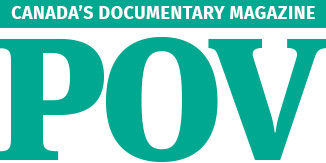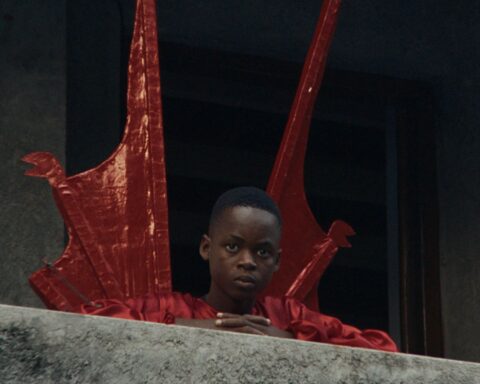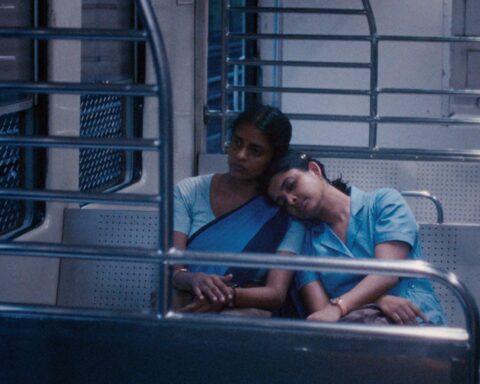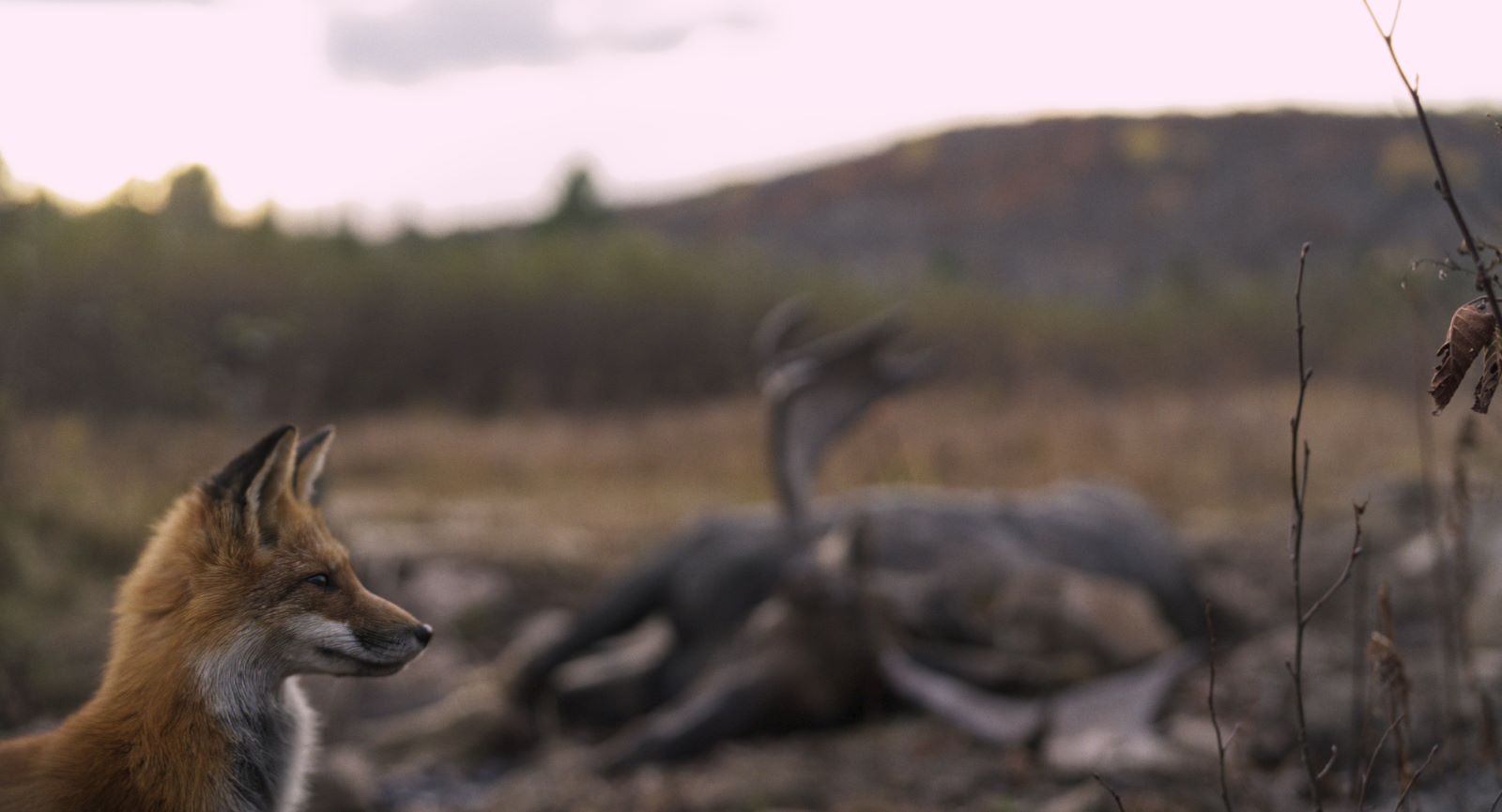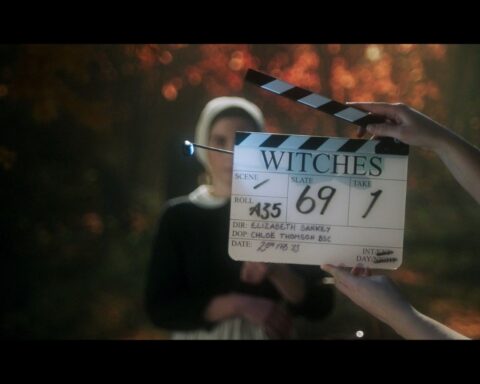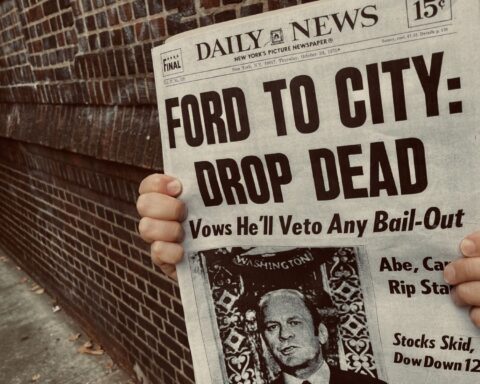If there’s anything more fun to write about than movies, it’s wine. Critiquing the perfect wine—taking a deep sniff, swirling the glass to let the air release the depth of flavour, and indulging in its bouquet—offers great practice for exploring creative tasting notes. For this critic, the ideal glass might be a pinot noir from Patagonia with hints of cherry, dirt, and tobacco, especially with a bowl of truffle chips. Alternatively, a seafood grill on a summer night goes best with a dry sauvignon blanc that drinks like chomping on apricot, lime, and passion fruit, and then licking the juice drippings off a nice chalky rock. And for the movie buff, there’s nothing like a fine chardonnay that resembles buttered popcorn.
Wine and movies are the perfect pairing, yet wine itself occupies surprisingly little space in the ever-popular world of food documentaries. Sure, glasses of wine are plentiful in docu-tainment series and lifestyle shows, like Stanley Tucci’s terrific Searching for Italy (2021–22) and, most notably, Matthew Goode and Matthew Rhys’ globe-trotting series The Wine Show (2016–). But a good feature-length documentary about wine can be as rare as ’92 Screaming Eagle cab sauv.

Documentary’s Sideways?
Cinephiles searching for a wine canon should start around 2004. On the dramatic front, Alexander Payne’s Sideways remains the great wine film of all time, having wowed the fall festival crowd that year with its drolly observant portrait of wine enthusiasts who rightly made merlot a dinner party punchline. (Its 2009 Japanese remake Saidoweizu is a worthwhile novelty, too.)
Documentary, however, set the palette for wine earlier in 2004 when the Cannes Film Festival deigned to screen not one but two documentaries in competition. Although it was ultimately overshadowed by Michael Moore’s controversial Palme d’Or winner Fahrenheit 9/11, Jonathan Nossiter’s Mondovino popped some bottles on the Croisette while delivering cinema’s first great wine movie. It also has the distinction of being the first documentary to win the Palme Dog, an honour shared by the many pooches who appear throughout the film.
Mondovino still holds up 20 years later even though its digital video aesthetic betrays the awkward adolescent stage that preceded HD. The film offers a lively study of the commercialization and globalization, or what some call the “Napafication,” of wine as Californian industrialists bulldoze lands and practices that date back centuries in France and Italy. Buoyed by a great sense of humour, the film observes winemakers who still stomp on grapes with their bare feet, including one unfortunate wardrobe malfunction with an errant scrotum in the wine vat. Meanwhile, the film presents fierce debates over traditional versus contemporary practices via disagreements about aging wine in oak barrels. The French say the Californians ruined wine with their affinity for oaky vanilla flavourings, while vino lovers in the U.S. extol the practice.
Artisans vs. Industry
Nossiter tours the vineyards of Bordeaux and Sardinia and learns from veterans of the scene who make wine with care the old-fashioned way. Wine aficianados like Hubert de Montille describe the significance of a region’s terroir, or the natural elements such as soil composition, climate, and topography that combine to create a wine’s distinct flavour. He takes pride in having wines that are upfront and honest, unlike the “whore wines” and “tricksters” of New World vintages that deceive palettes with hidden layers of flavour.
The film captures the battle for the soul of an industry as Nossiter offers the stories of French villages protecting their countryside from foreign interests. Mondovino builds its case patiently as Nossiter uses his gift for gab and takes in local flavours. Few films capture the cultural distinctions between the Europeans and the Americans quite like Mondovino does, with Nossiter getting candid words from French winemakers about how they feel when California winemakers try to barrel into their territory with their assertive flavours.
There’s even a tangent about an attempted land grab by Californian wine baron Robert Mondavi, whose efforts to procure prime real estate in Aniane, France was quashed when locals elected a communist mayor who refused to let a Yank bastardize their wine country. Mondovino explores the cross-cultural pollination of wine as Mondavi gets into cahoots with the Italians instead. The Italians, Mussolini apologists (“He did some great things, but lost his head at some point,” one is shown saying.), end up making a lucrative pact with Mondavi.
Capitalism in the Spit Bucket
Nossiter also gleans insights from wine consultant Michel Rolland and Wine Spectator critic Robert Parker, whose nose is allegedly insured for a million dollars. The duo speak to Mondavi’s business savvy, while offering insights about what drives people’s interests in certain wines.
However, Nossiter captures something of an unholy trinity as he observes how Rolland and Parker endorse Mondavi’s standardization of wine—essentially validating the complaints of artisanal vintners being squeezed out by mass production. This in turn legitimizes Rolland and Parker’s assessments as market numbers suggest that winos guzzle their recommendations. Simply put, Mondovino perceives how empire debases wine in a power play of quantity over quality.

Further evidence of the commercialization of wine comes thanks to Nossiter’s handheld camera. The jerky camera witnesses the army of publicists who accompany the high-profile winemakers interviewed throughout the film. Non-descript subtitles identify one “press attaché” after another, illustrating the extent to which the commercialization of wine emphasises branding and influence.
In France, winemakers take Nossiter into cellars and through fields to show him the soul of their practice. “Wine is dead,” declares elderly French winemaker Aimé Guibert. “It takes a poet to make great wine. That’s been replaced by wine consultants.”
Nossiter doesn’t offer voiceover, and lets viewers reach their own conclusions about commercial versus traditional practices. Like wine tasting itself, Mondovino offers viewers a complexity of flavours to swish and sniff, ultimately leaving the decision to individual taste. The film’s influence is evident in the field of foodie documentaries, from Reuben Atlas and Jerry Rothwell’s Sour Grapes (2016) and its study of a con artist who swindled collectors that paid exorbitant prices for bottom shelf booze, to the intoxicatingly cinematic The Truffle Hunters (2020) and its pooch-filled journey alongside artisanal foragers in an increasingly globalised market.
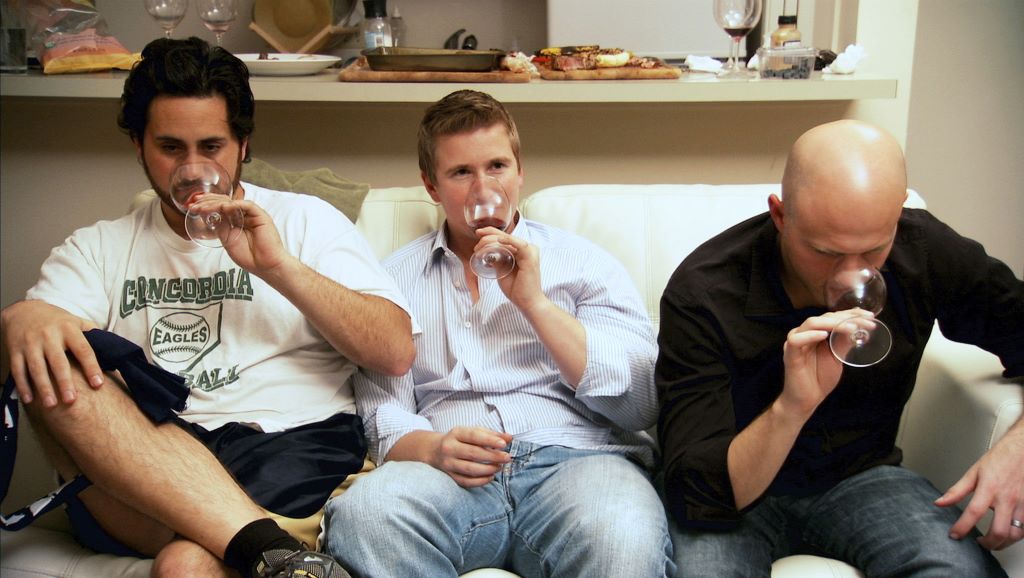
SOMM and the Taste of Things
Despite being a trained sommelier and wine lover, Nossiter affords surprisingly little airtime to the wines themselves. Audiences looking to refine their palettes won’t learn how to become a sommelier through Mondovino. Nossiter’s camera admittedly seems more interested in the many dogs he encounters along the way, allowing the four-legged characters to enliven the film’s visuals while vintners blather about dirt, bottles, and branding. The dogs’ cheery innocence underscores the silliness of it all as the titans bicker about costly wines.
Nossiter even concedes this fact in his 2009 book Liquid Memory: Why Wine Matters, writing, “While the film traces a kind of comic anthropology of the wine world, it barely brushes on the fact of the wine itself, its taste, its use, its physical existence, and what has always fascinated me the most: its profound relation to the general culture.”
Audiences looking for a good sniff, however, might find something more palatable in SOMM (2012), Jason Wise’s portrait of sommeliers that spawned three sequels—SOMM: Into the Bottle (2015), SOMM 3 (2018), and SOMM: Cup of Salvation (2023)—along with a series, Uncorked (2015), and an entire streaming platform, SOMM TV, that launched in 2019 with all sorts of documentaries, series, podcasts, and articles devoted to food and wine. SOMM adopts the framework of a competition documentary and follows four wine lovers as they prepare for the Master Sommelier exam. The elite test boasts an extremely low pass rate and demands that refined palettes identify a bottle’s variety, region, year, and maker from only a few sips.
Anyone who really wants to dive into the buffoonery of wine tasting needs to watch SOMM for an exercise in taste.
Anyone who really wants to dive into the buffoonery of wine tasting needs to watch SOMM for an exercise in taste. The film observes as the four sommeliers gather and taste-test various wines. They swirl their glasses, stick their noses in the wines’ business, and let the liquid hit all the zones among their taste buds. Glass after glass, the men debate the essence of different varieties. Their flashcard studying teaches viewers about acidity, sugar content, and age, among other factors.
Critical Drinking
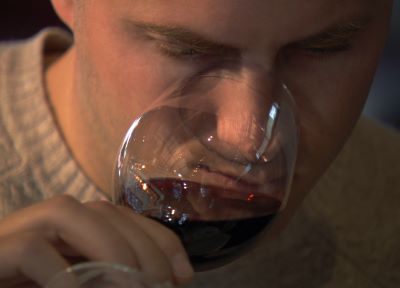
SOMM offers a master class in finding the right comparison to express the taste, scent, and sensation that characterizes a wine. The sommeliers find hints of stone fruit, cherry, and leather in one wine, but also the essence of a freshly opened can of tennis balls, recently-cut rubber hose, and old lady’s purse in others. They give viewers a cheat sheet by agreeing that sauvignon blanc smells like cat pee, which leaves this cat person and sauvignon blanc lover perplexed as to what the sommeliers feed their felines. As SOMM reaches the climactic exam, it engages all the senses in a uniquely olfactory and gustatory documentary.
Diving so deep into the taste of things, SOMM can’t quite approach the same scope of analysis that Mondovino does. As a portrait of the loony commitment one must make to develop such a sophisticated palette, though, it’s quite entertaining. Similarly, its full-flavoured assessment of the wines underscores how an absence of tasting notes leaves something to be desired in Mondovino. It’s an unfortunate omission in Nossiter’s doc, limiting the appreciation for the wines themselves that is essential to the stories of the winemakers who pride their long-standing terroirs.
As Nossiter notes in Liquid Memory, “[A] wine is also the memory of the terroir, which the wine expresses as an evolving active taste. As communal memory, it is above all an expression of place as a communal identity, the history of the civilization of that place and the history of the relationship to its nature (especially soil, subsoil, and microclimate).”
Crush and the Making of a Terroir
One gets the best of both worlds, the taste and the terroir, in Crush: Message in a Bottle (2023), Maya Gallus’s portrait of Ontario’s thriving wine scene. The film zeroes in on several winemakers and growers in the Niagara and Beamsville regions. It uses the Bench as a contemporary case study for themes that Mondovino touches upon in its many tangents.
For example, the growers at Saunders Vineyard—“growers” meaning they don’t actually produce wine themselves, but cultivate grapes for other wineries—share the challenges of cultivating a healthy environment for flavourful grapes. Among the gambits is a shift to organic winemaking as Ann-Marie Saunders attributes her mother’s death and complications with Parkinson’s to prolonged exposure to pesticides while tending to the crop.
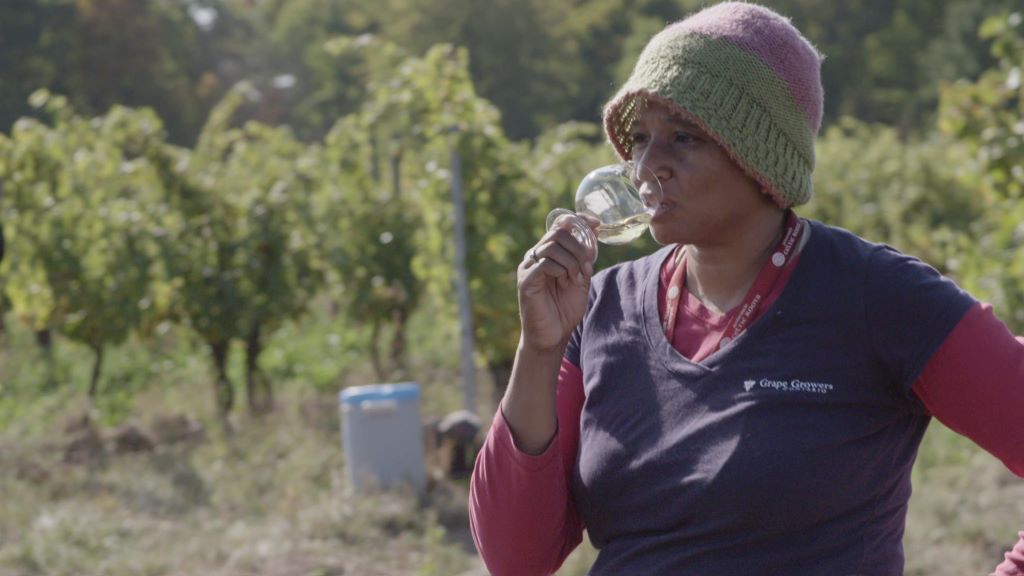
At the heart of Crush are many of the same tensions that Nossiter explores in Mondovino. Every region has its Mondavi and its ambitions artisans. Crush doesn’t explore Niagara’s industrial monolith, Jackson Triggs, which pumps out bootwater by the barrel (my words, not Gallus’s). Instead, the director devotes her time to individuals like Mason Vineyard’s Kelly Mason, who risks everything with wild fermentation in small batches.
Gallus observes masters in action, winemakers like Shiraz Mottiar, aka the “king of gamay noir,” who shares his latest batch at Malivoire. Dipping his nose into the glass and sampling his creation, he laughingly detects an aroma of maple smoked bacon. “This is true Canadian gamay,” he tells Gallus. Mottiar, like Saunders, opens up to Gallus about the effort to diversify and democratize the playing field for winemakers, which viewers of Mondovino might notice is overwhelmingly white.
Wine as Time Capsule
Where Mondovino depicts traditional wine country confronted with an industry in transition, Crush captures the essence of a region finding its footing. “We must never forget that people used to hate Canadian wine,” advises Burgundy-trained Thomas Bachelder of Bachelder Niagara. He notes that what makes a place really exciting for a winemaker is its potential to produce a great terroir. He takes pride in using skills from France to help transform Niagara Region into a land with grapes that hold their own and prove that there’s more to Canadian wine than Baby Duck. Some people drink to forget, but Crush illustrates the memories that good wine keeps alive.
Gallus’s character-driven approach connects the stories of the winemakers—their histories, their passions, their dreams—with the signature elements they lend their vines and vintages. Crush illustrates how people are part of the terroir and how the hands that make the wine are inseparable from its distinctive flavour, something upon which the aged Frenchmen of Mondovino might agree given their assessments of blandly impersonal (and, frankly, overpriced) California bottles.
The Vintner’s (Bad) Luck
The Burgundy roots of Niagara’s finest wines receive additional consideration in Grand Cru (2017). The film by David Eng profiles Montreal-born winemaker Pascal Marchand, who gained international acclaim making some of France’s best bottles in Pommard and Burgundy before joining forces with Niagara’s Moray Tawse to bring a taste of Ontario back to France. Grand Cru shows how even the best winemakers aren’t impervious to the challenges of the industry. It also illustrates how these hurdles shape, and sometimes enrich, wines year by year.
The film follows Marchand throughout the tumultuous harvest of 2016 that saw crops in the region devastated by mildew, rains, and frost. Despite numerous setbacks, Marchand’s team blends art and alchemy to defy nature. They work with the terroir, burying cow horns filled with manure alongside the vines, to harness the “mysticism of Burgundy.”
Marchand, like the winemakers of Crush, illuminates the complexity of flavours that his process draws out by understanding the land and its cycles. Moreover, the cinematography by Alex Margeneau photographs the wine with an eye for light and clarity. Shots of Marchand’s earthy pinot noir swirling in the glass evoke the intimate connection the wine shares with the soil from which the vine grows.
Despite the hardships entailed by 2016’s crop, Marchand forecasts a fine vintage. He notes that 2016 yielded only one and a half barrels compared to the 50 to 60 produced other years. However, he adds, the few bottles should boast the Holy Grail of concentration and acidity. “If you don’t go to the edge, your wines will be dull,” he advises.
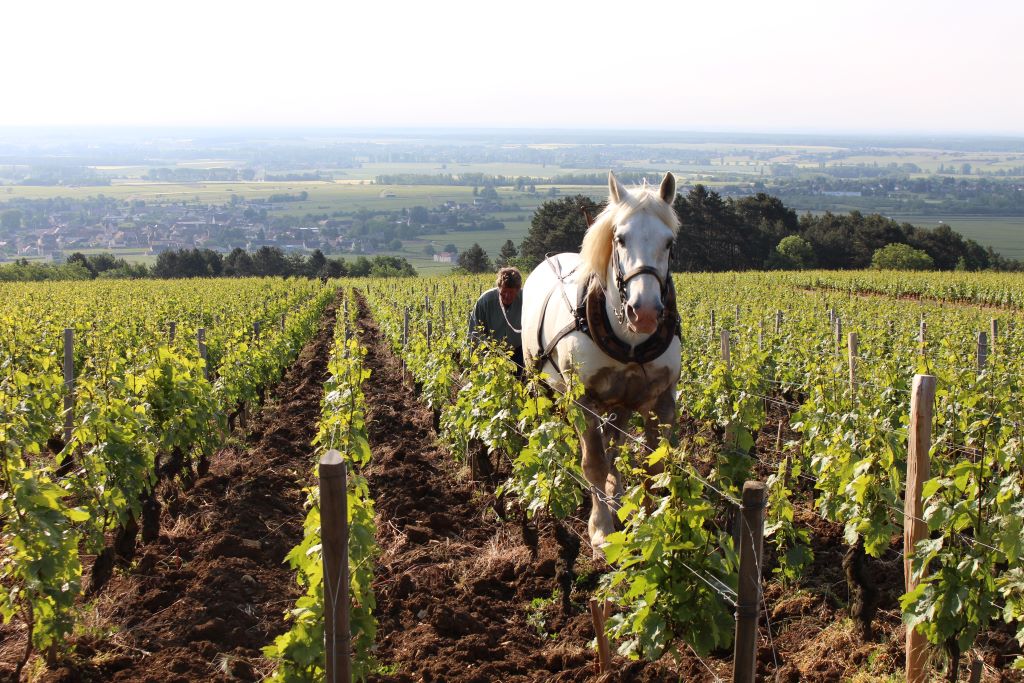
Lightning in a Bottle?
Marchand’s conclusion echoes the sentiments of the traditionalists in Mondovino. There’s no secret recipe for great wine. And to the discerning drinker, it’s more fun that wine be unpredictable than formulaic.
Moreover, these films and the wines they depict capture the histories contained in each bottle: what happened the day the grapes were harvested, who picked them, and what elements of the earth were churned up in the process. Wine lasts only until the final drop is imbibed, or until it spoils into vinegar. Yet, the films preserve the wines, and the stories they tell, far beyond their shelf life.
One also can’t ignore Mondovino’s prophetic portrait of mass production stemming from California. Released on the cusp of a streaming boon, the film foreshadowed an industry content with convenience, access, and familiarity—and arguably added to it, given its own ten-hour series companion, the mini-media empire spawned by SOMM, and the countless derivative lifestyle shows they inspired.
Wine and documentaries might be a great pairing, but they’re also appropriate comparisons, just like how fresh tennis balls might characterize an Australian riesling. Formulaic products cranked out en masse might do the trick in a pinch, but those crafted with care, and with a deep understanding of the world that shapes them, continue to evolve and reward over time.
Where to Watch
Crush: Message in a Bottle is on TVO and YouTube. It screens in Toronto at Innis Town Hall on June 18.
Grand Cru is on CBC Gem.
Mondovino is on DVD.
SOMM is on Plex, Prime Video, SOMM TV, and Tubi.

